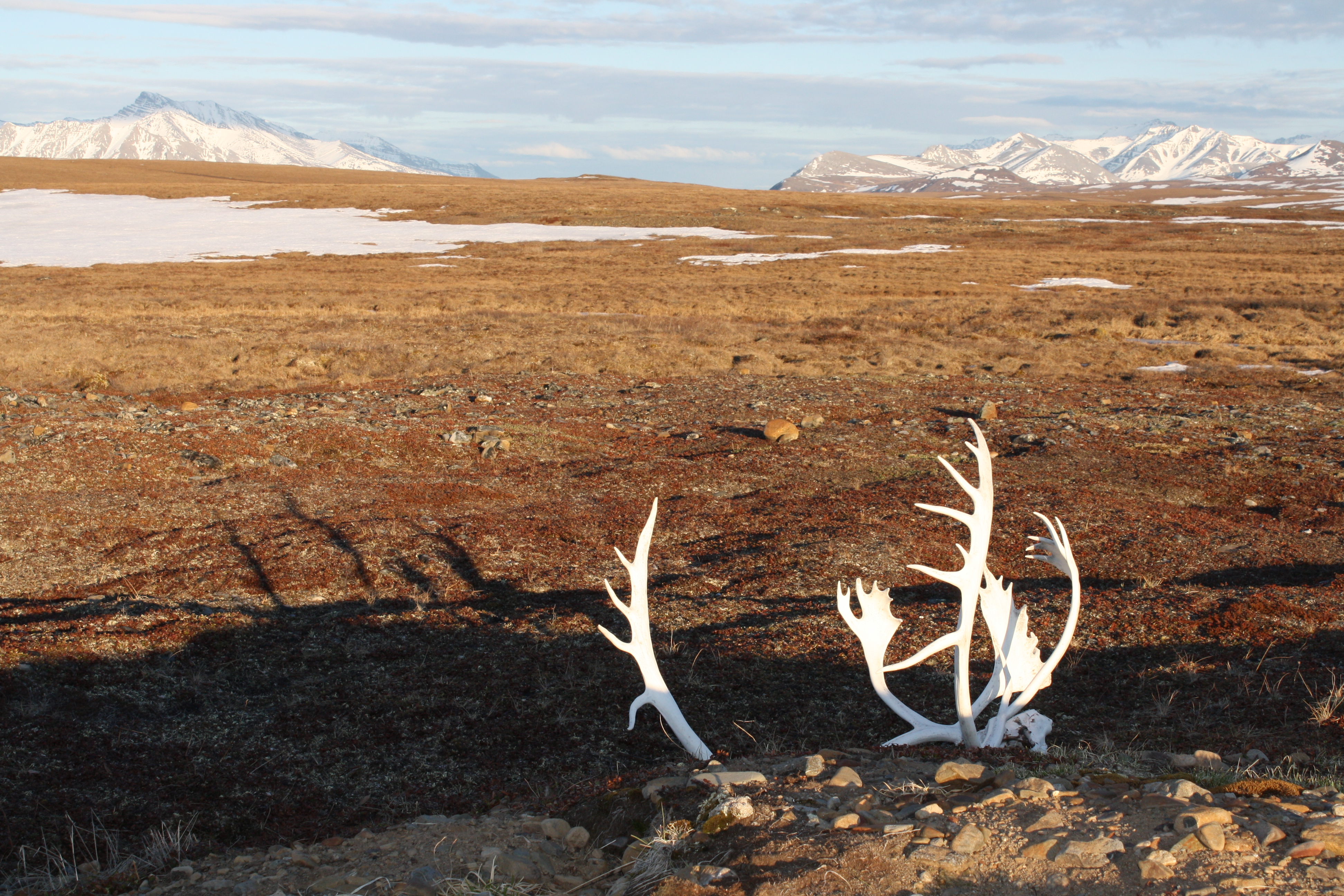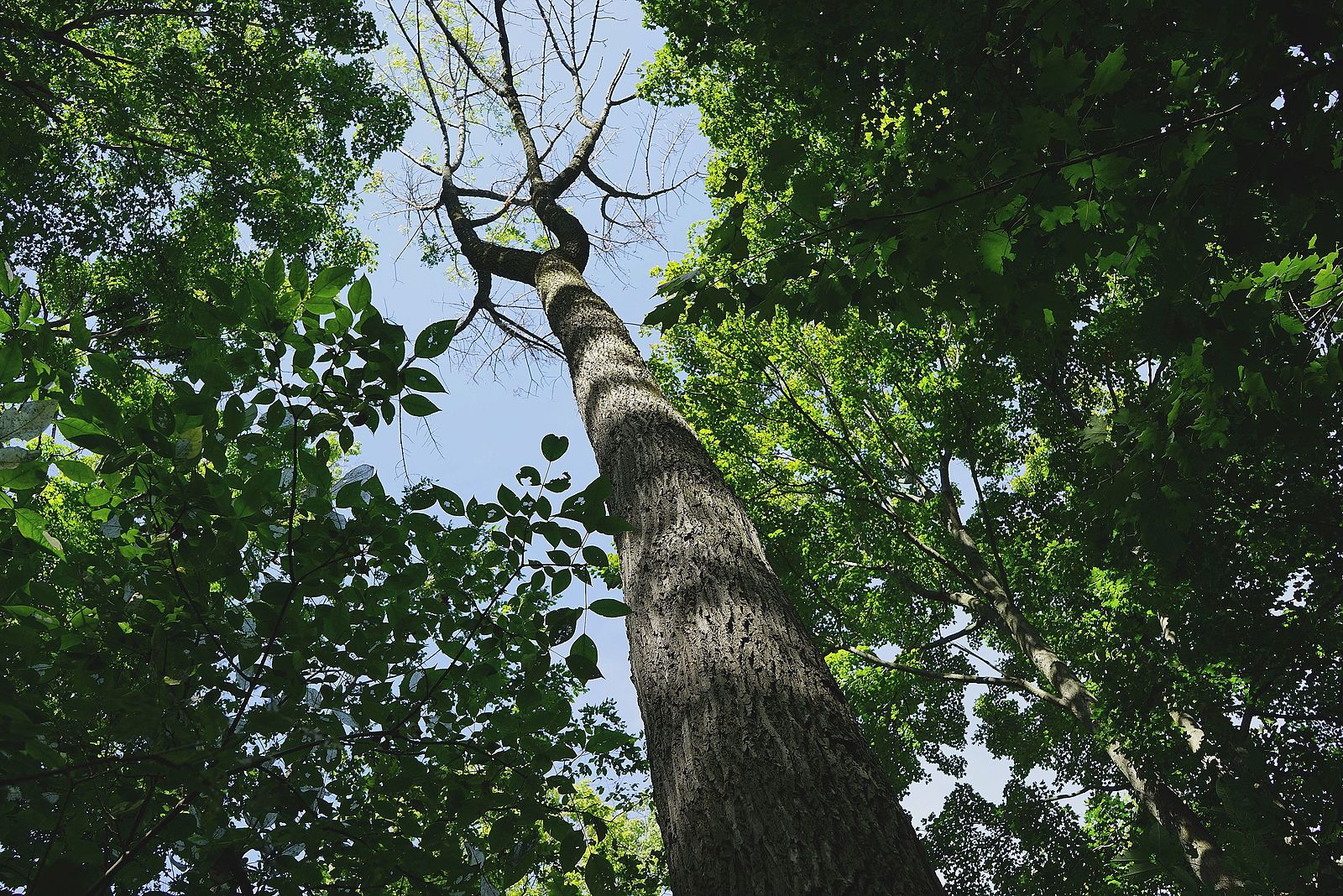Ecosystem Risks
Global change imperils ecosystems around the world and affects their services to humans. We are currently working to improve our ability to forecast risks to biodiversity and ecosystem services from climate change, invasive species, and degradation of habitats.
caribou_In_Alaksa

DyingTree

Working Groups
Biological Risk Assessment of Invasive Plant Species in Connecticut
The goal of this working group is to engage the Connecticut Invasive Plant Working Group (CIPWG) to develop a reproducible, quantitative metric for 9 invasiveness attributes listed by Connecticut statutes to yield an overall index of invasiveness and an associated uncertainty. Current practice is to apply an opinion-based binary classification vote. This newly developed metric is being applied initially to a subset of species to provide proof of concept. Hence, we will substantially improve how Connecticut protects against the import and release of invasive plants.
Predicting Climate Change Effects on Ecosystems
The goal of this working group is to develop more mechanistic risk analyses for extinction risks from climate change. The group combines UConn faculty with other experts and is working on a series of manuscripts.
Prioritizing Major Risks Faced by Tidal Marsh Birds in Eastern North America
We partnered with Fish and US Wildlife Service to organize a workshop at the Duke Marine Labs in NC. As a follow-up, we have held multiple conference calls and webinars and are creating a “Conservation Business Plan” focused on coastal wetland birds.
Horizon Scanning
Silander, J. and H. Frye. 2017. Developing a better approach to determining risk of plant invasions in CT. For CT DEEP.
Scholarship
1. Field, C. R., T. Bayard, C. Gjerdrum, J. M. Hill, S. Meiman, and C. S. Elphick. 2017. High-resolution tide projections reveal extinction threshold in response to sea-level rise. Global Change Biology. 35:2058-207.
2. Nadeau, C. P., M. C. Urban, and J. R. Bridle. 2017. Coarse climate change projections for species living in a fine‐scaled world. Global Change Biology 23:12-24.
3. Elphick, C. S. 2016. As the tide continues to rise, marsh birds face a perilous future: All the trends point down. In: Connecticut State of the Birds: Gains, losses and the prospect of extinction. (M. Bull, ed.) Connecticut Audubon Society. pp. 4-8.
4. Roberts, S. G., R. A. Kern, M. A. Etterson, K. J. Ruskin, C. S. Elphick, B. J. Olsen, and W. G. Shriver. In press. Factors that influence Seaside and Saltmarsh sparrow vital rates in coastal New Jersey, USA. Journal of Field Ornithology.
5. Urban, M. C., P. L. Zarnetske, and D. K. Skelly. 2017. Searching for biotic multipliers of climate change. Integrative and Comparative Biology. 57: 134 – 147.
6. Erfanian, A. G. Wang, L. Fomenko. 2017. Unprecedented drought over tropical South America in 2016: significantly under-predicted by tropical SST. Scientific Reports. 7: 5811.
7. Nadeau, C. P., M. C. Urban, and J. R. Bridle. 2017. Climates past, present, and yet-to-come shape climate change vulnerabilities. Trends in Ecology & Evolution. 32: 786 – 800.
8. Field, C.R., A. Dayer, And C.S. Elphick. 2017. Landowner Behavior Can Determine the Success of Conservation Strategies for Ecosystem Migration Under Sea-Level Rise. Proceedings Of The National Academy Of Sciences. 114: 9134-9139.
9. Evans, A. E., B. R. Forester, E. L. Jockusch, and M. C. Urban. 2018. Salamander morph frequencies do not evolve as predicted in response to 40 years of climate change. Ecography. doi: 10.1111/ecog.03588.
Grants
Belmont Foundation. Urban M.C. et al. OneModel: A mechanistic and integrated platform to forecast and manage biodiversity under future scenarios of climate and land use change. $1,200,000. Pending.
NSF Climate and Large Scale Dynamics Program. Wang, G. Pending.